If you’ve never made cauliflower soup, maybe this will entice you to try it. The recipe came from Pioneer Woman, on one of her recent shows. I think she suggested it be served with a toasted cheese sandwich, or maybe that’s what I thought about as I was making it. But no, I didn’t make a sandwich, as much as I would have liked to!
After watching Ree Drummond make this soup, I immediately bought a fresh cauliflower and then something came up and I didn’t end up making the soup that day. Or the next. Or the next. But a week later the cauliflower was still in perfect condition so I made the soup – it makes a LOT – and froze about 5 single portions and still have two containers in my frig to have this coming week.
The soup does dirty-up two pans – one for the soup and one for the cream sauce. I considered just thickening the soup in the big pot with the cauliflower, but there IS a reason you don’t do that – milk doesn’t like to be boiled – it separates. So, you prepare a cream sauce that’s on the thin side, but still it is a thickened base, and it gets poured into the already cooked and pureed soup and at that point the soup is done. You simmer it for just a very few minutes – not enough time for the milk to separate.
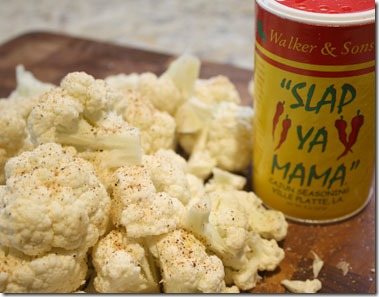 Bacon features in this recipe – chopped up and rendered, then reserved to be sprinkled on top when it’s served. That’s what’s visible, barely, in the middle of the soup bowl in the photo. There’s onion in there too. The cauliflower is chunked up – you don’t have to be meticulous about it – you could cut it up if you’d like, rather than bothering with florets. Most of it gets pureed anyway, so the shape doesn’t really matter here. Cajun seasoning is needed – in fact I think the soup would be a tad bland without it – I used Slap Ya Mama brand. Now I can buy the seasoning at my grocery stores, but back a few years ago it wasn’t available in the West, so my friend Joan bought some when she visited family in Texas. See photo at right.
Bacon features in this recipe – chopped up and rendered, then reserved to be sprinkled on top when it’s served. That’s what’s visible, barely, in the middle of the soup bowl in the photo. There’s onion in there too. The cauliflower is chunked up – you don’t have to be meticulous about it – you could cut it up if you’d like, rather than bothering with florets. Most of it gets pureed anyway, so the shape doesn’t really matter here. Cajun seasoning is needed – in fact I think the soup would be a tad bland without it – I used Slap Ya Mama brand. Now I can buy the seasoning at my grocery stores, but back a few years ago it wasn’t available in the West, so my friend Joan bought some when she visited family in Texas. See photo at right.
It may be hard to see, but I liberally sprinkled the seasoning all over the raw cauliflower – you could just as easily add it into the cooking pot – I don’t think it matters. If you don’t have Cajun seasoning, you can use this recipe from the Food Network – it’s a combo of a bunch of herbs and spices. Just don’t make a lot of it unless you plan to use it up – I’ll never use up that can before the flavors are shot – you just use a bit more once the mixture is 6-8 months old. That’s what I did here. I know I used more than 1/2 teaspoon, but use your own judgment. There was some heat in the soup, but not very much – just enough that you knew it was there!
As for the pureeing – Ree likes chunky soup, so she uses an immersion blender, but only whizzes it a little bit so it leaves plenty of texture. I mostly pureed it but left just a little bit of texture. You can also pour it all into a blender – it will take several batches as this makes about 15-16 cups of soup. The cream sauce is made and poured into the simmering soup, then you add the Jack cheese, parsley and sour cream and cook briefly – just enough to heat it through and it’s done. Ready to be scooped into a serving bowl with the bacon, more cheese and parsley added on top. As always, the soup is enhanced if you make it, cool it and chill it overnight. When reheating it, be gentle – don’t let it boil.
What’s GOOD: What can I say about cauliflower soup? It’s not going to knock your socks off, but it’s delicious. Creamy, and even though it has a bit of half and half in it, it’s not all that unhealthy – 24 grams of fat in an ample serving. I had it for dinner, nothing else with it, just the soup. It was very satisfying and the bacon hits a nice note of texture and saltiness. It’s not overly thick, but it does have some little bit of texture to it. Altogether good soup.
What’s NOT: nothing, really – you do dirty two pans – that’s about the only down side I can think of!
printer-friendly PDF and MasterCook 15/16 file (click link to open recipe)
* Exported from MasterCook *
Cheesy Cauliflower Soup
Recipe By: Ree Drummond, 2016
Serving Size: 10
4 thin slices bacon — cut into small bits
1 white onion — finely diced
1 head cauliflower — broken into pieces or chopped
1/2 teaspoon Cajun spice — or more to taste
Kosher salt and freshly ground black pepper
8 cups low-sodium chicken broth — (2 quarts)
4 tablespoons butter — (1/2 stick)
1/4 cup all-purpose flour
2 cups whole milk
1 cup half and half
1/4 cup sour cream
3 cups Monterey Jack cheese — grated, plus more for serving
2 tablespoons minced fresh parsley — plus more for serving
1. In a large pot, fry the bacon pieces over medium-high heat until crisp. Drain the bacon on a paper towel and set aside. Pour off the grease and return the pot to the stove.
2. Add the onions to the pot and cook over medium-high heat for 3 to 4 minutes. Add the cauliflower, sprinkle with the Cajun spice and 1/2 teaspoon black pepper and cook, stirring, until the cauliflower starts turning golden brown, another 3 to 4 minutes. Stir in the chicken broth, bring to a boil, reduce the heat to a simmer and cook for 15 minutes.
3. Use an immersion blender to puree the mixture slightly, or all the way if you prefer. (Or use a regular blender; just don’t fill too full.)
4. In a separate saucepan or skillet, melt the butter. Sprinkle in the flour and whisk to form a paste. Pour in the milk, then continue cooking until it thickens. Remove from the heat and stir in the half-and-half.
5. Pour the white sauce into the soup. Turn the heat to medium high and bring back to a simmer for just 3 to 5 minutes. Reduce the heat to low, stirring in the cheese and sour cream until the cheese is fully melted. Stir in the parsley.
6. Taste and adjust the seasoning. Serve with a little extra cheese, a sprinkle of bacon and a sprinkle of parsley.
Per Serving: 298 Calories; 24g Fat (63.8% calories from fat); 21g Protein; 9g Carbohydrate; 1g Dietary Fiber; 63mg Cholesterol; 352mg Sodium.



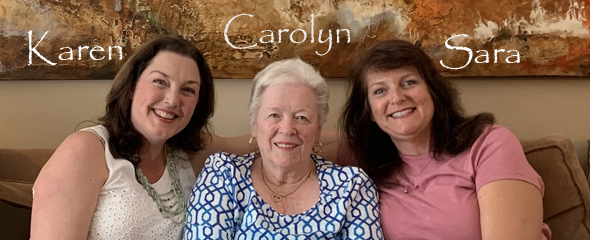
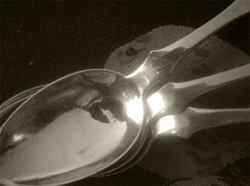
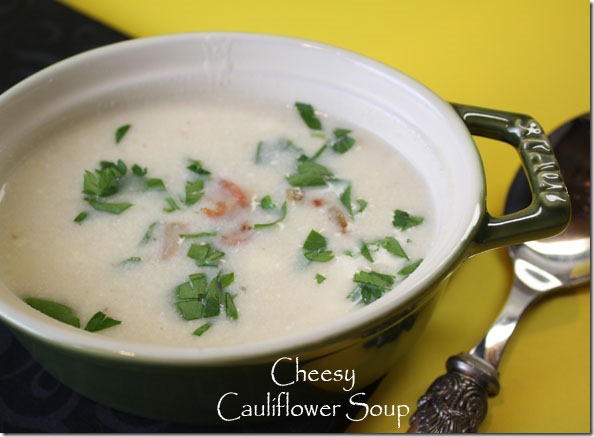


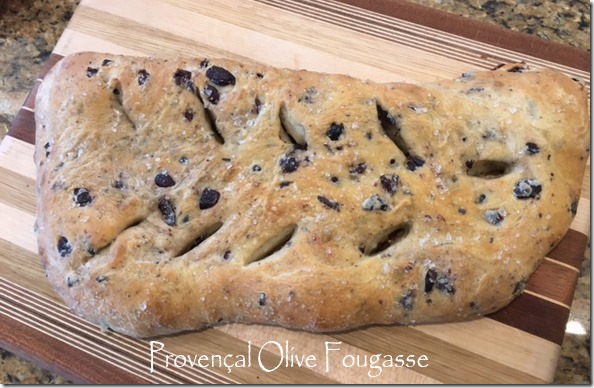

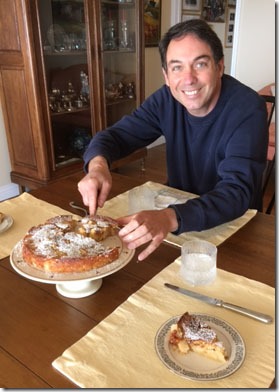

 But I was just there to visit with Joanne and her husband Larry this time. It was a beautiful Southern California spring day – warm in the sunshine, but still almost cold without a light jacket. When you drive to Palos Verdes, it’s all city for the approach to the crest of the hills, and then you arrive at the top and it’s suddenly all residential, meandering, curving streets, even some open land, which is hard to come by in our part of the state of California. They live on a bluff overlooking the ocean. It’s ever so peaceful there – no city noises, and no city to view, either. Just the ocean.
But I was just there to visit with Joanne and her husband Larry this time. It was a beautiful Southern California spring day – warm in the sunshine, but still almost cold without a light jacket. When you drive to Palos Verdes, it’s all city for the approach to the crest of the hills, and then you arrive at the top and it’s suddenly all residential, meandering, curving streets, even some open land, which is hard to come by in our part of the state of California. They live on a bluff overlooking the ocean. It’s ever so peaceful there – no city noises, and no city to view, either. Just the ocean.

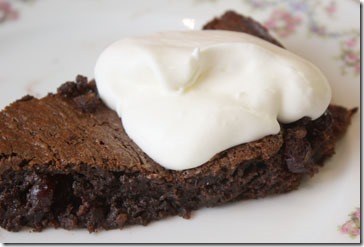
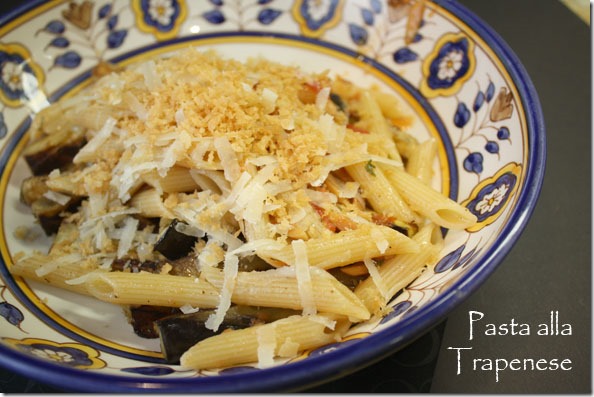
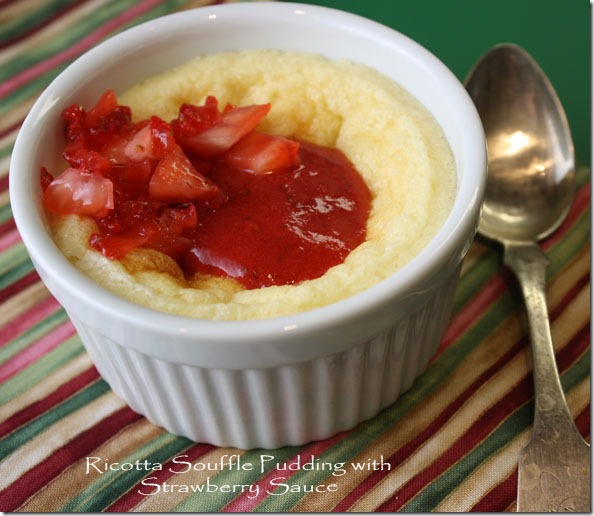
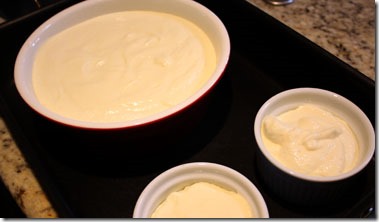
 Visiting the library some weeks ago (getting books on tape to play in the car while I took a 5-day road trip to Northern California to visit family) I decided to look at new books on the shelves. And here was this book with an unusual title,
Visiting the library some weeks ago (getting books on tape to play in the car while I took a 5-day road trip to Northern California to visit family) I decided to look at new books on the shelves. And here was this book with an unusual title, 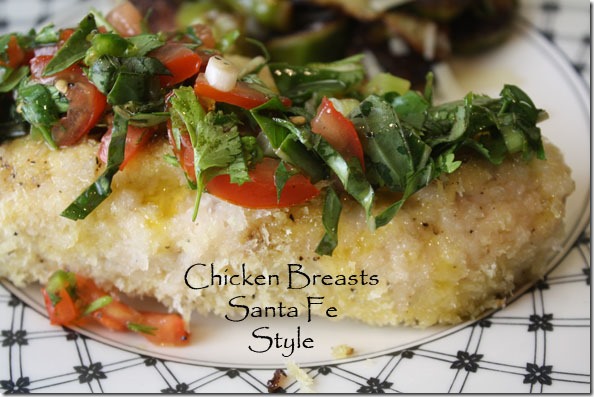

Leave a Comment!